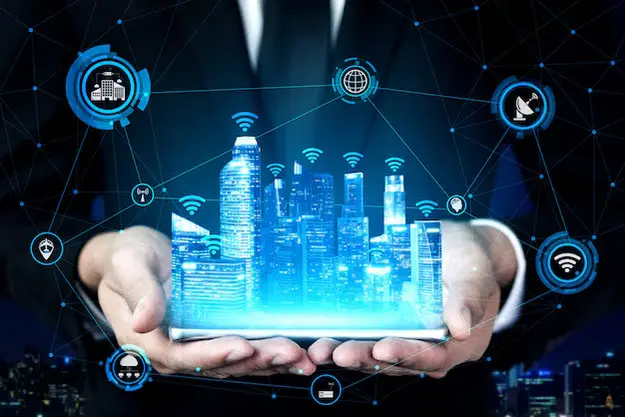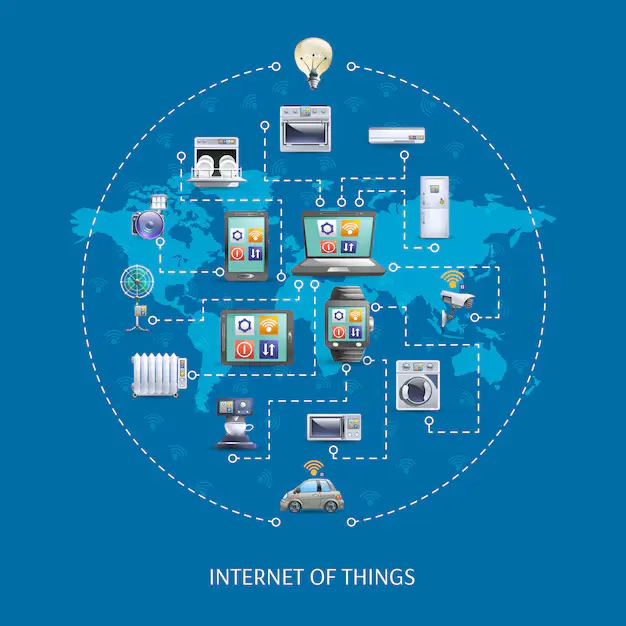
What is internet of things? Everything You Need to Know About That
Industries & Technologies
The Internet of Things (IoT) refers to a network of physical objects ("things") embedded with sensors, software, and connectivity that allow them to collect, exchange, and act on data over the internet. These devices can communicate with each other, with cloud-based systems, or with human users to automate processes, improve efficiency, and enable smarter decision-making.
Key Components of IoT:
- Devices & Sensors – Physical objects (e.g., smart thermostats, wearables, industrial machines) that gather data (temperature, motion, humidity, etc.).
- Connectivity – IoT devices use Wi-Fi, Bluetooth, cellular (5G), LoRaWAN, or Zigbee to transmit data.
- Cloud Computing – Stores and processes the massive amounts of data generated by IoT devices.
- Data Analytics & AI – Analyzes data to provide insights, predictions, and automation.
- User Interface – Allows users to interact with IoT systems (e.g., mobile apps, dashboards)

Examples of IoT Applications:
- Smart Homes (e.g., Alexa, smart lights, security cameras)
- Wearables (e.g., fitness trackers, smartwatches)
- Healthcare (e.g., remote patient monitoring, smart pills)
- Industrial IoT (IIoT) (e.g., predictive maintenance in factories)
- Smart Cities (e.g., traffic management, waste monitoring)
- Agriculture (e.g., soil sensors, automated irrigation)
Benefits of IoT:
✅ Automation – Reduces manual tasks (e.g., smart thermostats adjusting temperature).
✅ Efficiency – Optimizes energy use, reduces waste.
✅ Real-time Monitoring – Tracks health, equipment, or environmental conditions.
✅ Cost Savings – Predictive maintenance prevents costly breakdowns.
Challenges of IoT:
🔴 Security Risks – Vulnerable to hacking (e.g., unsecured cameras).
🔴 Privacy Concerns – Massive data collection raises ethical issues.
🔴 Interoperability – Different devices may not work well together.
🔴 Scalability – Managing millions of connected devices is complex.
Future of IoT:
With advancements in 5G, edge computing, and AI, IoT is expanding into areas like autonomous vehicles, smart grids, and augmented reality (AR). By 2030, estimates suggest over 50 billion IoT devices could be in use worldwide.